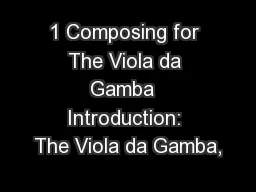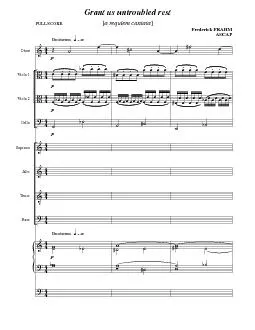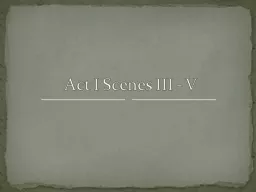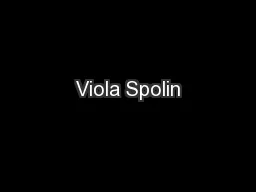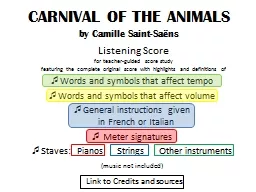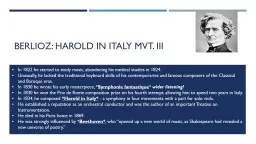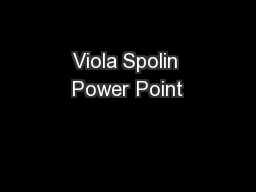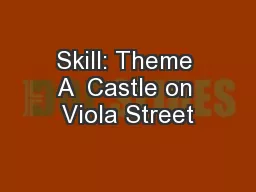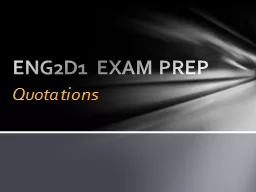PDF-1 Composing for The Viola da Gamba Introduction: The Viola da Gamba,
Author : giovanna-bartolotta | Published Date : 2015-12-03
music to the repertoire of consort music assess The Bass Viol normally use of th The Tenor Viol usually uses the alto clef but will often be asked to play Gclef
Presentation Embed Code
Download Presentation
Download Presentation The PPT/PDF document "1 Composing for The Viola da Gamba Intr..." is the property of its rightful owner. Permission is granted to download and print the materials on this website for personal, non-commercial use only, and to display it on your personal computer provided you do not modify the materials and that you retain all copyright notices contained in the materials. By downloading content from our website, you accept the terms of this agreement.
1 Composing for The Viola da Gamba Introduction: The Viola da Gamba,: Transcript
Download Rules Of Document
"1 Composing for The Viola da Gamba Introduction: The Viola da Gamba,"The content belongs to its owner. You may download and print it for personal use, without modification, and keep all copyright notices. By downloading, you agree to these terms.
Related Documents

